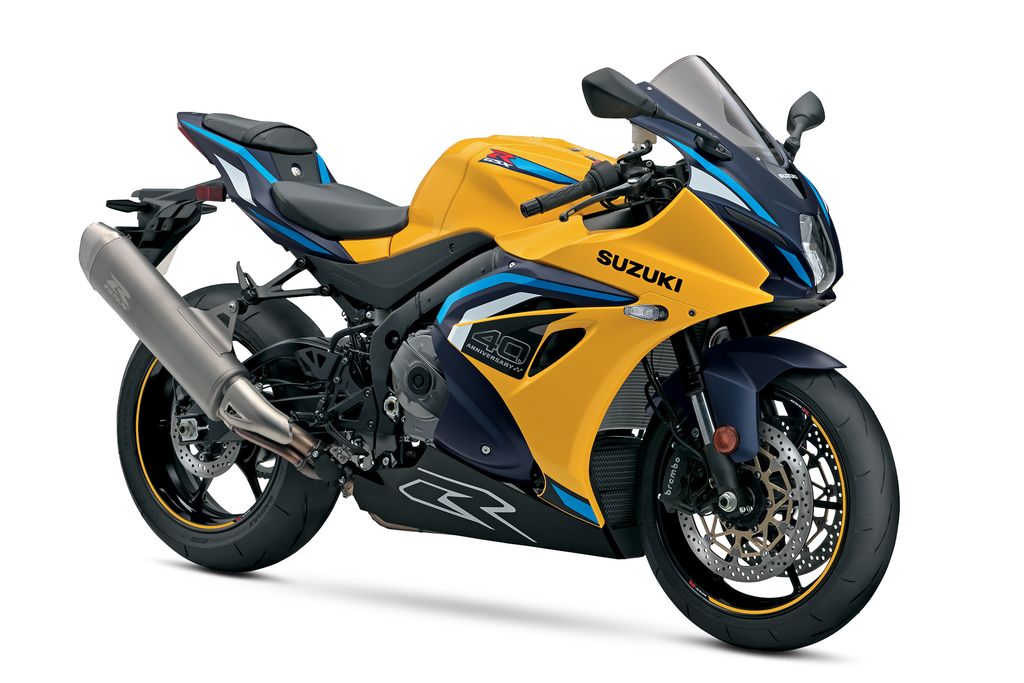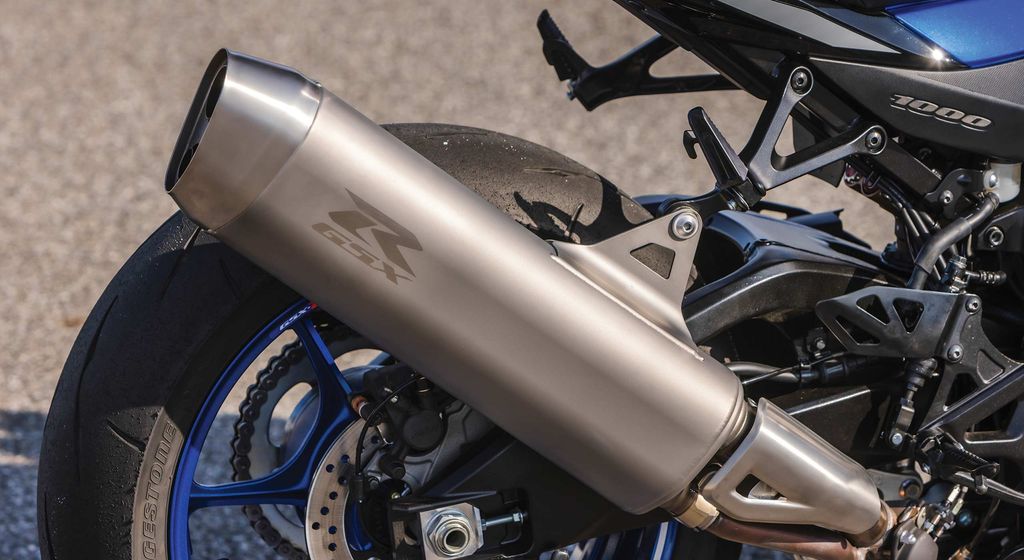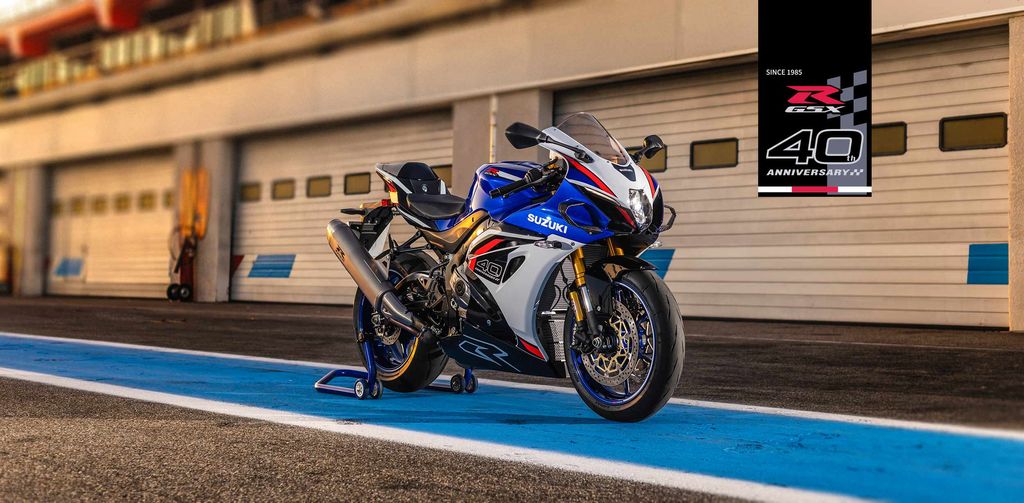The Suzuki GSX-R1000 and GSX-R1000R are back, and I don't believe I've written a sentence that's made me smile so much all year. Technically, you could still buy the GSX-R 1000 in the US, but it hadn't even had an update since 2022 and was on death's door.
Not only is Suzuki updating the GSX-R 1000 and GSX-R 1000R, but it's also coming back to Europe and will meet Euro 5+ emissions standards. And this is all happening on the model's 40th anniversary—my God, I can't stop smiling.
For 2026, both the GSX-R1000 and GSX-R1000R come in a 40th anniversary Edition Livery, with classic-inspired paint schemes and 40th anniversary badging on the fuel tank, side fairings, muffler, and key mascot. But the upgrades are more than skin deep.

The most important updates are to the engine, as this is essentially what was (almost) the final nail in the coffin for the GSX-R 1000 badge. The last time Suzuki sold the GSX-R in Europe, it had to meet Euro 4 emission regulations, but now it needs to meet Euro 5+. The 998cc inline-four cylinder engine now meets noise and emission regulations, but this comes at the cost of spec sheet numbers.
The 2026 GSX-R1000/GSX-R1000R will produce 192.4 hp at 13,200 rpm and 81.1 lb-ft of torque at 11,000 rpm, while the 2022 GSX-R1000 pumped out 199 hp and 86.7 lb-ft of torque.

I'm not complaining because there's still way more than enough power to have fun with, and it means we're keeping one of the most iconic superbikes ever in production instead of losing it. Unfortunately, it's 3 lbs heavier than the previous model, coming in at 448 lbs (wet), but at least Suzuki has fitted it with a new lightweight Li-Ion battery to try and mitigate that somewhat.
There's a wider cam chain and reinforced crankshaft for reduced friction and improved load capacity, along with revised combustion efficiency and higher compression ratio (now 13.8:1). Helping the big inline-four breathe is a new slimmer exhaust with a titanium muffler. I think this exhaust is one of the best-looking of recent times and looks a bit like a throwback to the long, slim exhausts superbikes had in the early naughties, and infinitely better than the dustbin stuck onto the outgoing GSX-R1000.
Both models will feature a 3-axis, 6-direction IMU and use the latest version of Bosh’s IMU, which tracks pitch, roll, and yaw movement. The data from this IMU can be used for more advanced features, including Roll Torque Control, Motion Track Braking, and the Lift Limiter.

There are more electronics updates in the form of Suzuki's Clutch Assist System (SCAS) and a bi-directional quick shifter. Riders of the 2026 models will also benefit from improved throttle mapping. Although the chassis will remain largely the same as the outgoing model, the GSX-R 1000R benefits from some extra upgrades.
The standard and "R" models both use Brembo Monobloc 4-piston calipers, but the "R" variant feeds these calipers via stainless-steel braided brake lines. The "R" model will also feature a Showa Balance Free Front (BFF) fork and Balance Free Rear Cushion (BFRC-lite) shock, while the standard unit uses a Showa Big Piston Front (BPF) fork and a standard monoshock. The top-spec model will also feature winglets for some added downforce despite being down on power when compared to the previous iteration.
The MRSP for the GSX-R 1000 and GSX-R 1000R is TBA, but here's hoping that they'll provide a value proposition in a world being pushed closer to basically accepting $30,000 superbikes. This news isn't just great for Suzuki or superbikes; it's great for motorcycling. I'm crowning this the 'feel-good story of the year', thus far.







